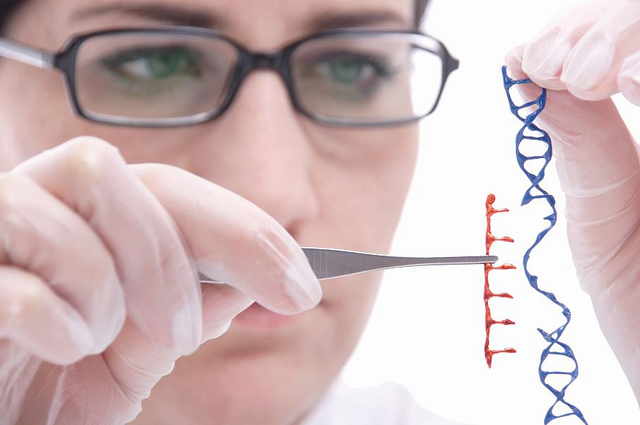Aggregated News

Recently, two eminent groups of scientists and health and medical experts made a startling statement: Under very limited circumstances, it could be permissible to edit the genes of human eggs, sperm, or embryos. This marked the first time that a scientific organization has so explicitly acknowledged this possibility.
Laden as it was with caveats, the report issued by the National Academy of Sciences and the National Academy of Medicine finally recognized that science has advanced to the point that tinkering with embryos is inevitable. But as we pursue this technology, how should we regulate it?
At the moment, the academies would allow for clinical trials involving gene-editing of eggs, sperm, and embryos only when a couple wants to conceive a genetically related child who would otherwise inherit a severe disease such as Tay-Sachs, and only if no “reasonable alternative” exists.
Assuming we can harness technology to do this, it’s just a matter of time before some scientists turn their attention to matters of aesthetics and try to make an embryo just a little bit better. In 2014, The New Yorker...



